With decades of experience in the wine industry, Greg Martellotto, owner of Big Hammer Wines, knows the wine business inside-out. In fact, he made wine in Guadalupe Valley in 2004 with Casa de Piedra’s famed owner and winemaker Hugo d’Acosta. At that time, fewer than 20 wineries existed there.
After working in the Mexican wine industry for several years, he continues to be involved there. Watch his fascinating interview with Daniel Milmo of Mexico’s Casa Madero Winery.
Mexican Wine History
The Spanish brought the first Vitis vinifera (fine wine) grape to the New World around 1540. This grape, Listan Prieto, was named “Mission” because it was planted by missionaries.
The missionaries used the Mission grape to make wine for the Church. It was also used to make brandy, and fortified wines. A vigorous and drought tolerant variety, it is well-suited for the climate along the West Coast of the New World.
When the phylloxera epidemic spread in Europe, the Mission grape was wiped out in Spain. The following countries cultivate it today:
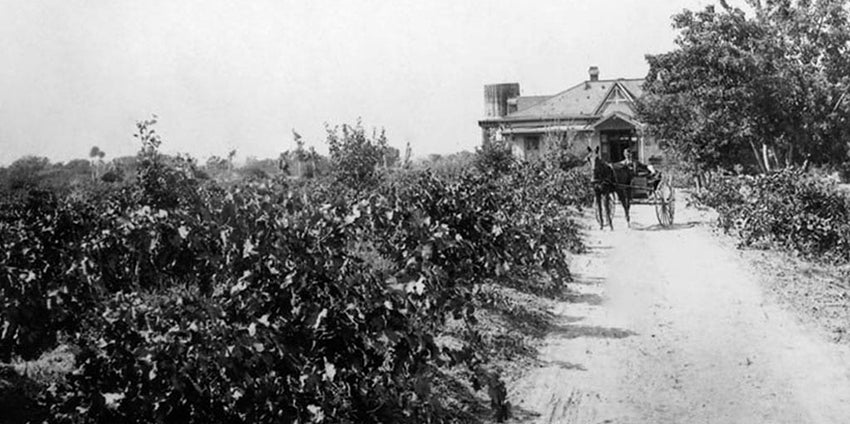
- Mexico and the U.S.
- Chile - called Pais where it is making a comeback
- Argentina - called Criolla Chica
- The Canary Islands
Missionaries continued to plant grapevines at missions in Baja by 1620 and modern-day California from 1769.
Casa Madero is the oldest winery in the Americas. Founded in 1597, it is located in the Valle de Parras in Coahuila state. Missionaries found wild vines there thriving in abundant water supplies.
The original landowners received the property through a land grant from the King of Spain. This was near the mission Santa Maria de las Parras (Holy Mary of the Grapevines.)
Hacienda de San Lorenza (the original property name) has been operating continuously ever since. In 1893, the name changed to Casa Madero.
The oldest winery in Baja California is Bodegas de Santo Tomás. It was founded in 1791 also as a Catholic mission. Commercial production started in 1888.
Over the years, the Mexican wine industry rose and fell. Modernization began in the 1970s and quality winemaking in the 1980s.
Large, well-known producers, Casa Pedro Domecq and Vinos L.A. Cetto, started in the early 1970s. These wineries started by producing brandy and entry level table wines.
Monte Xanic Winery in the Valle de Guadalupe began the push for quality wine in the 1980s.
Modernized over the years, Casa Madero has won many wine awards since 1980, with an international reputation as a fine wine producer.
Today, Bodegas de Santo Tomás, the Ensenada-based winery, has a female winemaker, a rarity in Mexico.
Mexican Wine Regions
Overall, vineyard plantings in Mexico are small but have grown tremendously in the last decade. Most of these vineyards are in four states:
- Baja California, the largest premier wine region located in the Valle de Guadalupe - it produces more than half the country’s total production.
- Coahuila is the second largest production area.
- Querétaro and Guanajuato, are third and fourth, respectively.
Most fine wine grapes grow between the 30 to 50-degree latitude range around the world, but most of Mexico lies below the 30-degree line. The important distinction is that the quality vineyards in Mexico are planted in high desert plains or mountainous regions where cooler temperatures prevail. A parallel can be drawn when considering the high quality grape production in New Mexico, particularly for sparkling wines.
The Valle de Guadalupe in northern Baja and a small part of the Sonora region lie just above the 30th parallel. Grapes grow here because vineyards tend to be located at higher altitudes and in a dry climate.
Nearby ocean breezes keep grapes fresher in Baja, while Sonora benefits from the high desert. Sonora grows grapes primarily for brandy and food (raisins).
Most regions require irrigation due to drought conditions and water demands from a growing population.
The hot climate creates high alcohol and deeply colored wines. With granite-based alluvial (sandy) soils, the wines tend to have a mineral character. Some people taste a salinity associated with being close to the ocean.
The Valle de San Vicente is another region about an hour south of the Valle de Guadalupe. The amount of wine produced here approaches that to the north.
Other upcoming wines region include:
- Queretaro, closest to Mexico City, is a significant producer of sparkling wines (“Vinos Espumosos”.) The Spanish company Freixinet operates a huge facility here as well as some premium wine producers. Visitors can follow a wine tourism route.
- Aguascalientes & Zacatecas have high-elevation vineyards in central Mexico. Brandy and some table and premium wines are prevalent.
- San Luis Potosi borders Zacatecas and Durango with a few small-scale producers making excellent-quality wine.
- Durango, in north-central Mexico, primarily produces brandy. The La Laguna wine region straddles Durango and Coahuila states.
- Guanajuato, in central Mexico, currently has about a dozen small wineries, is focused on tourism and real estate development. There is much development and growth potential in this region.
- Chihuahua, the largest state in Mexico, is still very new with only a few recently planted vineyards.
Grapevines and a winery exist in the town of Cerocahui, near the Copper Canyon in Chihuahua. The vines here came from a vineyard planted in 1680. Propagated by a local family, the family gardener planted the vines near the existing Mision Hotel.
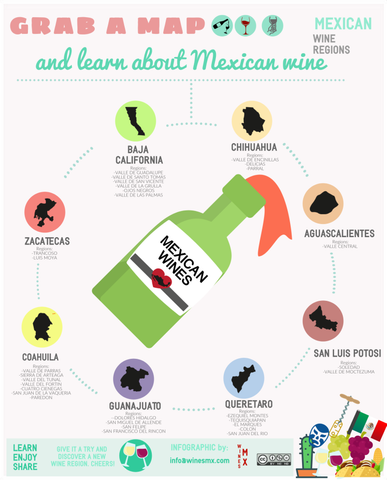
Regulatory Background of the Mexican Wine Industry
Historically concerned with tequila, mezcal, and beer, the wine sector received little governmental support. The spectacular growth of the Mexican wine industry over the last decade caught the government’s attention.
In 2018, The General Law to Promote the Wine-Producing Industry was passed. Its goals were to increase productivity and competitiveness in the industry.
As a result of this law, the government formed a national wine commission, The Mexican Winemakers’ Council (CMV). They also started a registry of wine and wine-related businesses.
The CMV role is policy development, research into suitable grape varietals, improvement in agricultural practices, and promotion of quality wine and wine tourism.
Other goals include reducing the 40% consumption tax on wine to drive growth, water access and use, and infrastructure.
Its debut campaign, “Todos Unidos por el Vino Mexicano” (Everyone United for Mexican Wine), promoted local wines and educated consumers.
As in other wine-producing countries, winemakers must abide by a legal and binding definition of vino Mexicano. Both tequila and mezcal have similar rules. Under the law, all grapes used for wine must be grown in the country. Both fermentation and bottling must also occur in Mexico.
Most wine consumed in Mexico is imported, but local consumption is growing as production grows. Local wine production is expected to double over the next 10-15 years.
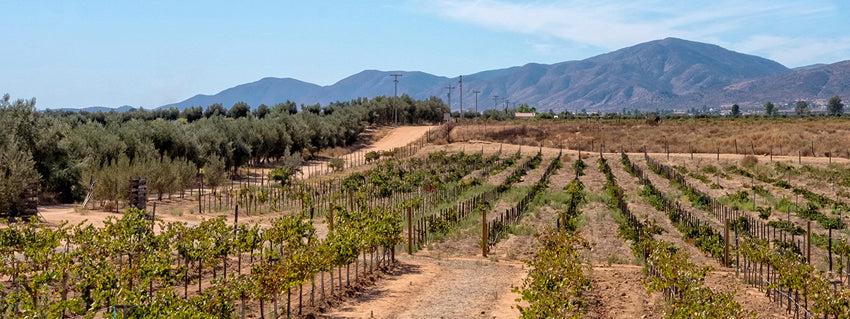
What’s Next for Mexican Wine
Peering into the future of the wine industry in Mexico, it’s clear that opportunities will grow.
We can look forward to more wineries, higher-quality wines, better pairings of wine with food, and a focus on drawing in the local population. Many wines are winning international competitions and exports reach more than 35 countries.
Eno-tourism is a lucrative industry. The Wine Route (Ruta del Vino) in Guadalupe brings thousands of tourists. It connects over 100 wineries, plus restaurants and hotels.
The Parras Valley in Coahuila has a wine festival, running since 1945. Other regions are developing wine-related routes and festivals as the industry grows.
Anything goes in Mexican winemaking. With no traditions, few governmental or industry regulations, it remains to be seen if one variety or style will ultimately emerge.
Mexico has more than 100 varieties of grapes planted, and unusual blends abound. Warm climate varieties do well, such as Shiraz, Tempranillo, and Cabernet Sauvignon.
Other red grapes include Cabernet Sauvignon, Carignan, Merlot, Nebbiolo, Grenache, and Petit Sirah.
White grapes include Chardonnay, Chenin Blanc, Muscat Blanc, Sauvignon Blanc, and others.
Mexico’s exciting young winemakers bring fresh energy and creativity to the industry. The countries best wines are served at high-end restaurants around the world.
Big Hammer Wines is your go-to Mexican wine expert.
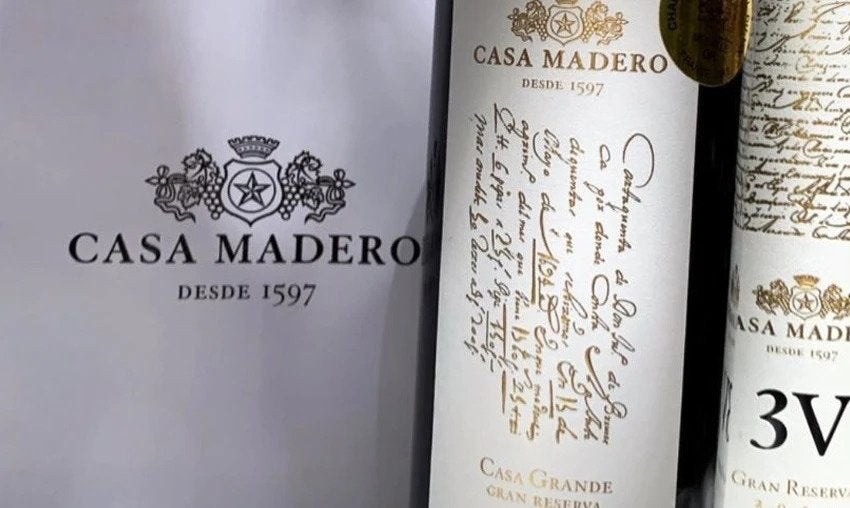
Big Hammer Wines
The wine experts at Big Hammer Wines taste thousands of wines every year from around the globe, looking for quality and value. This special offer reflects the passion we have for our clients.
Discover the world through its wines, ClickHere! Visit Bighammerwines.com and become a wine expert!


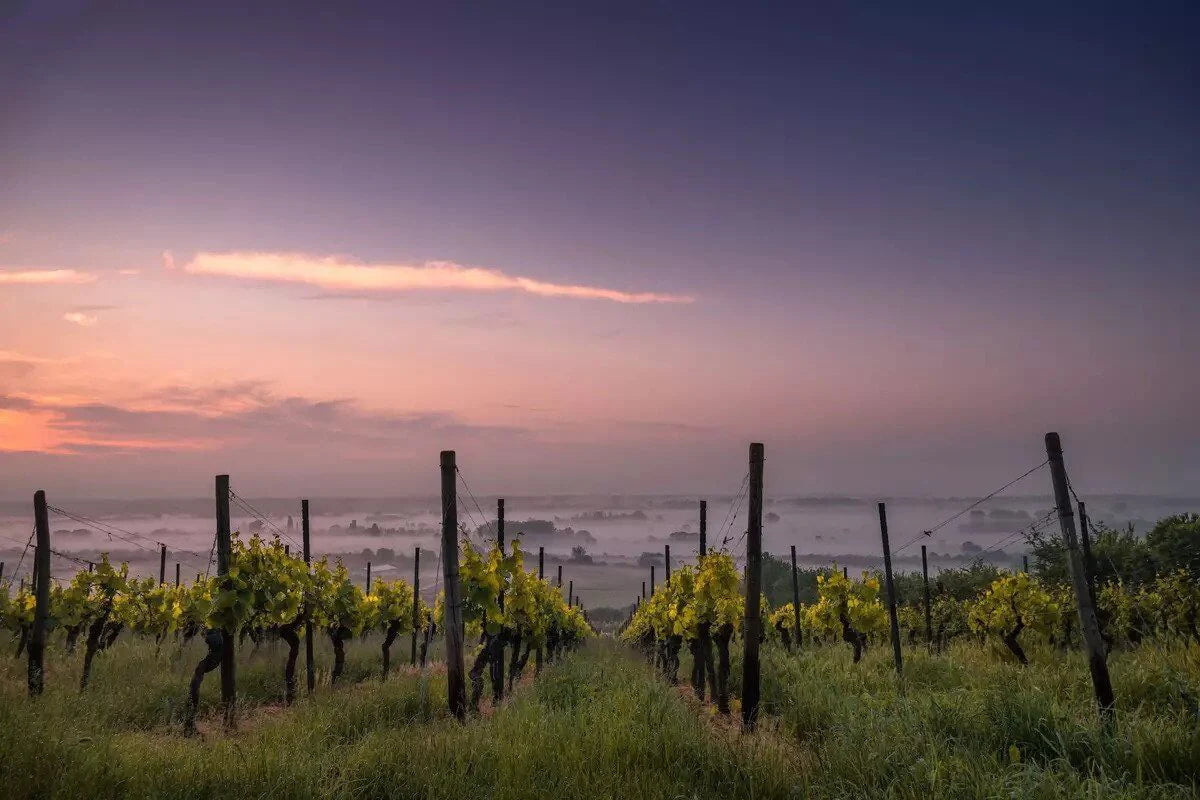
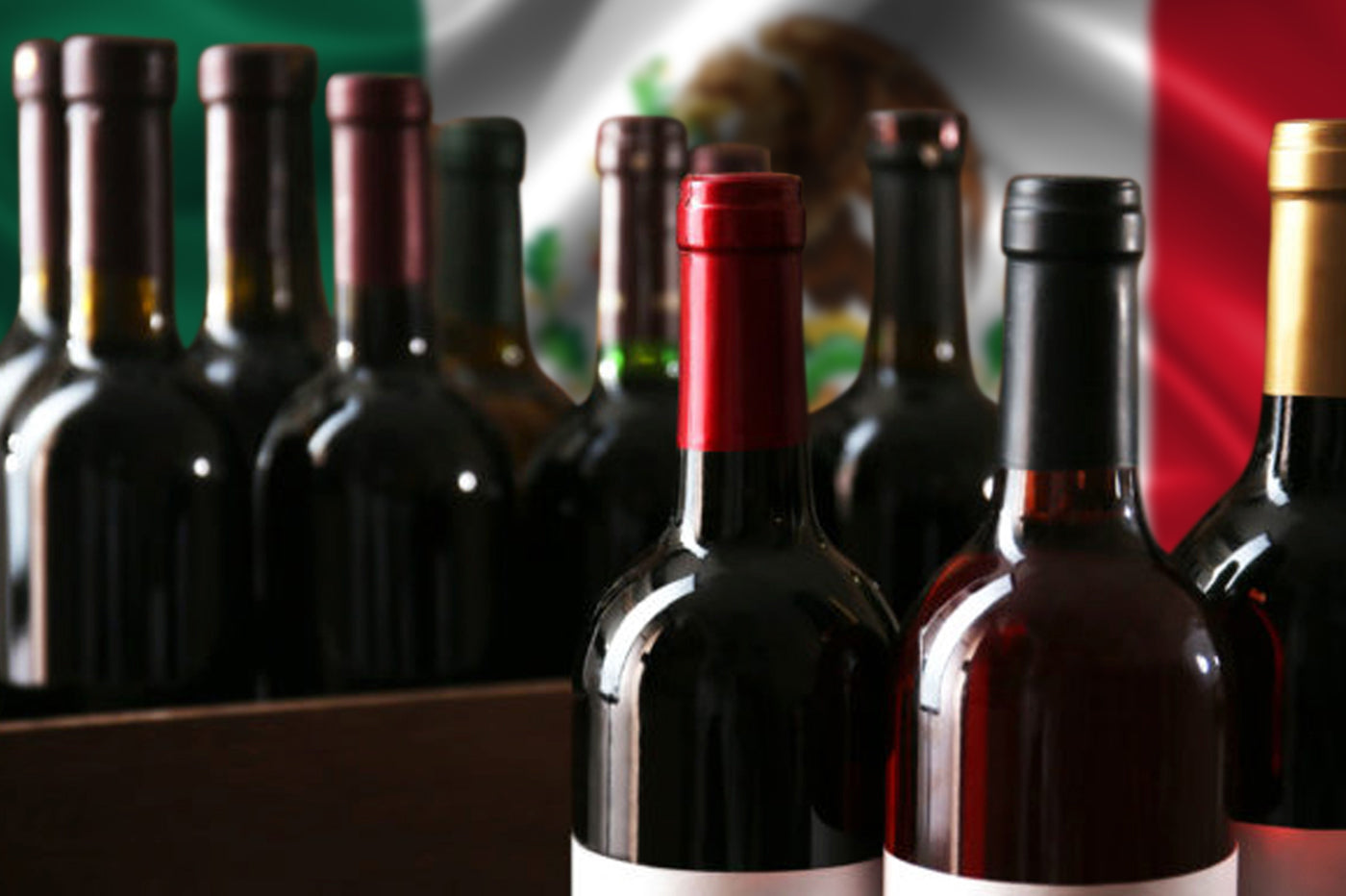
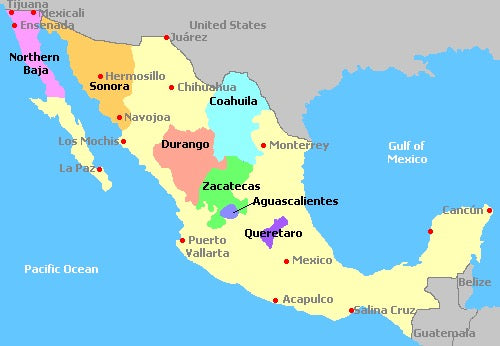







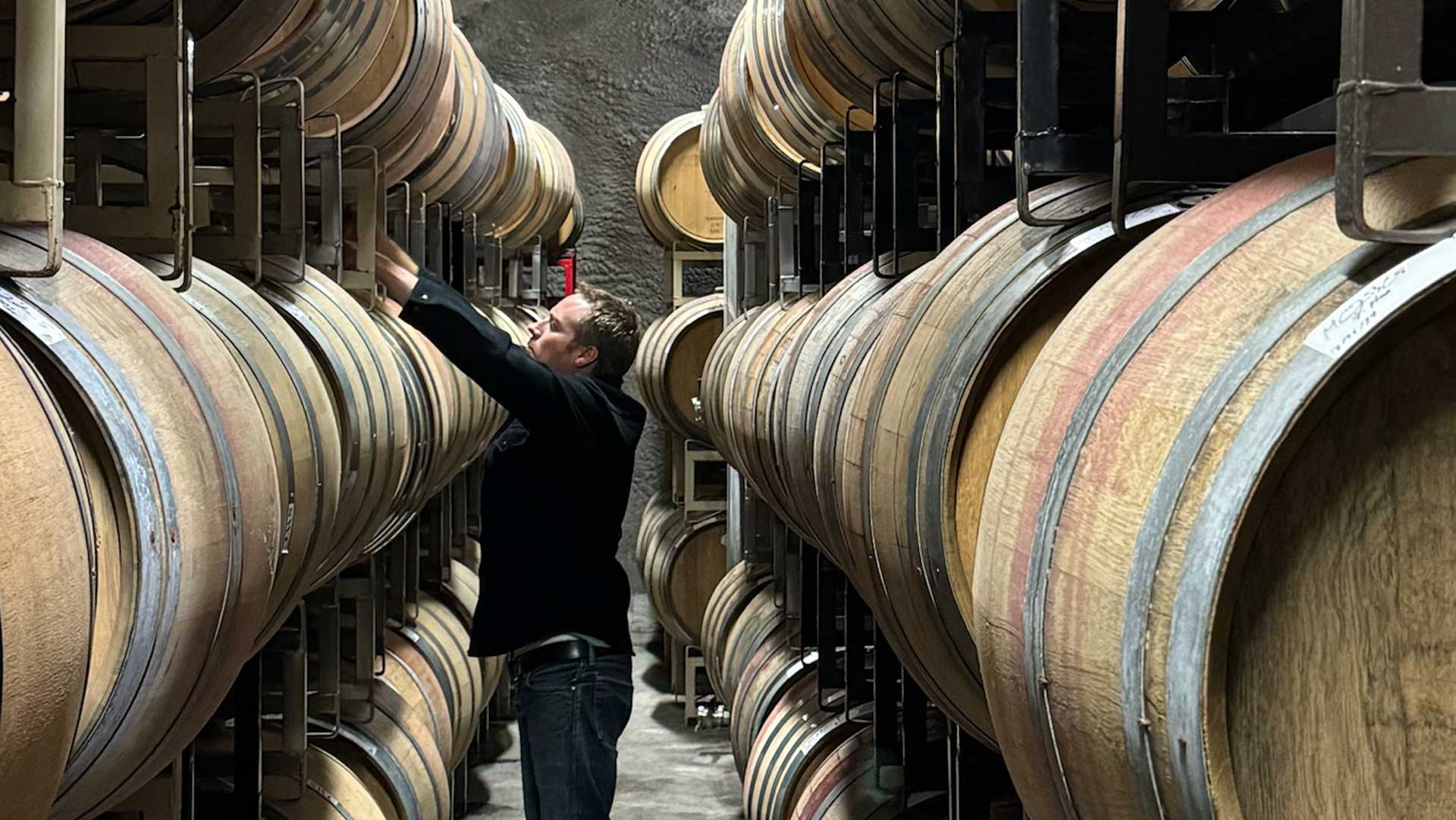




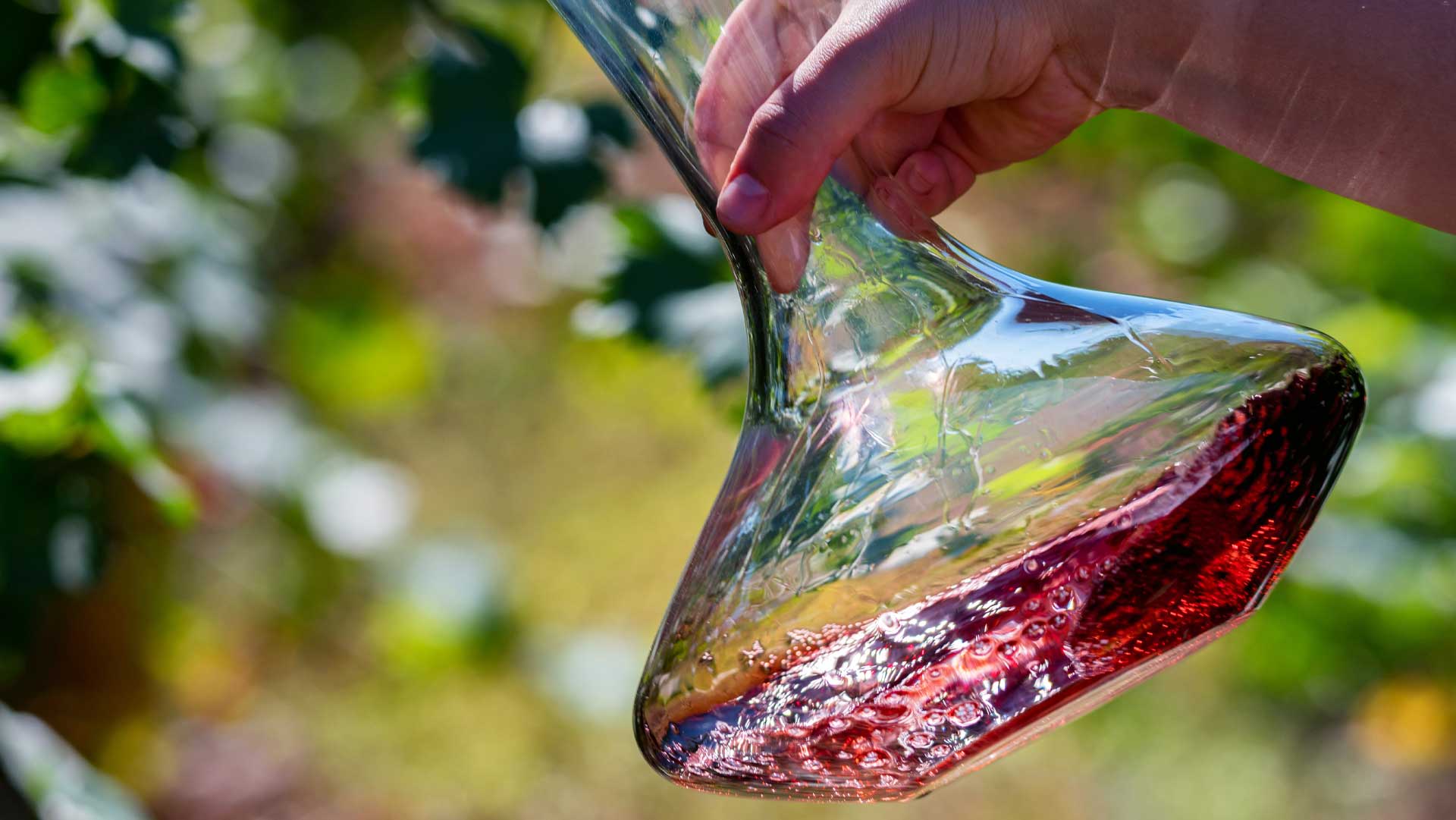















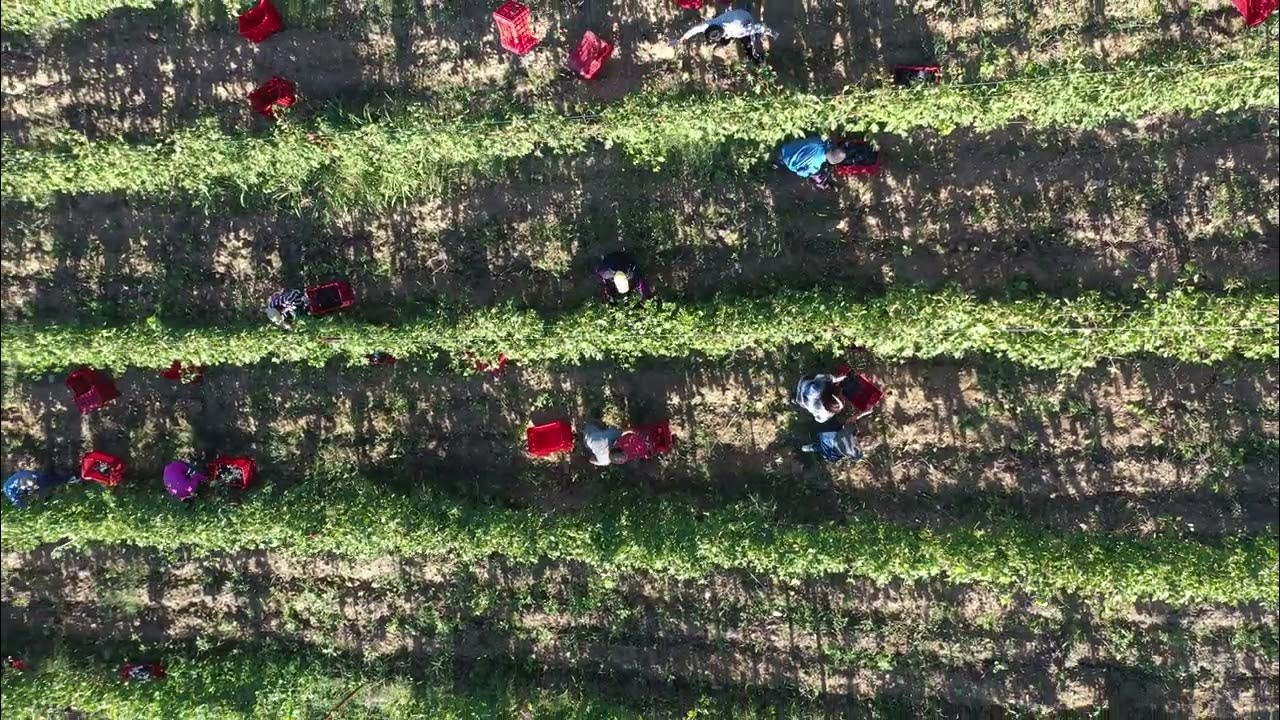



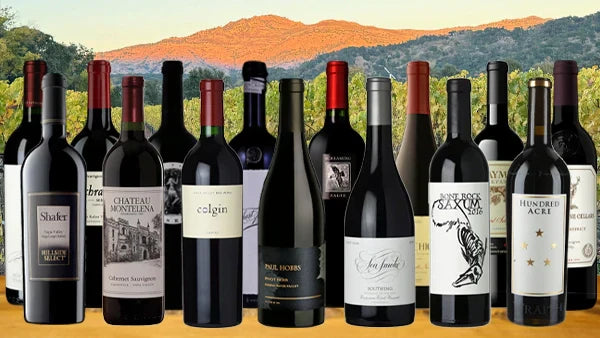
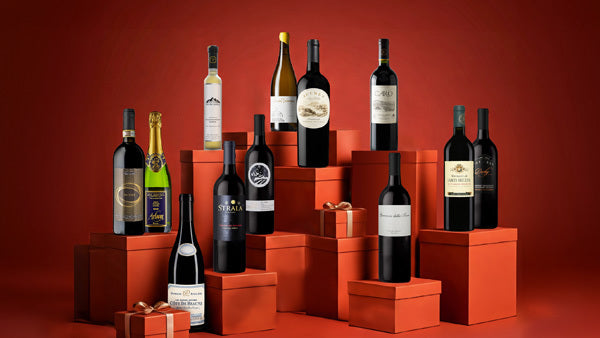








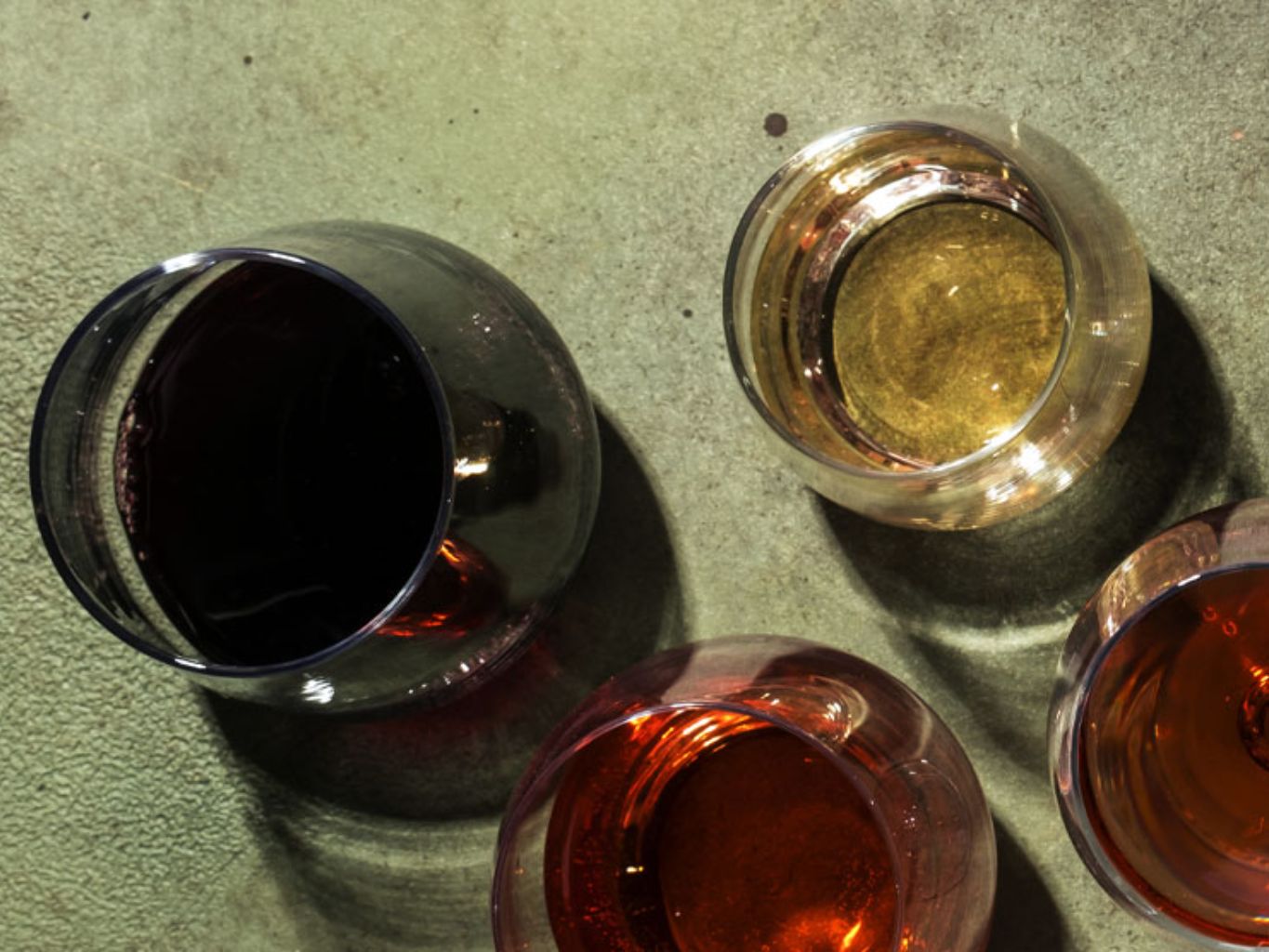


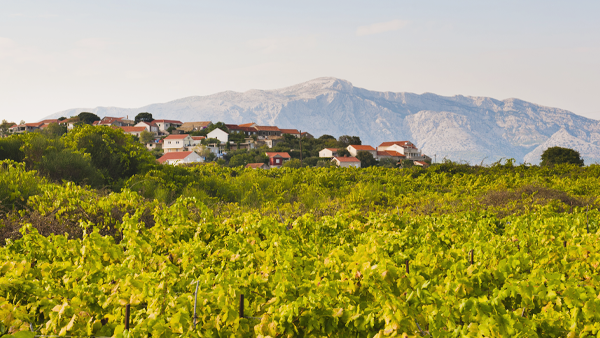
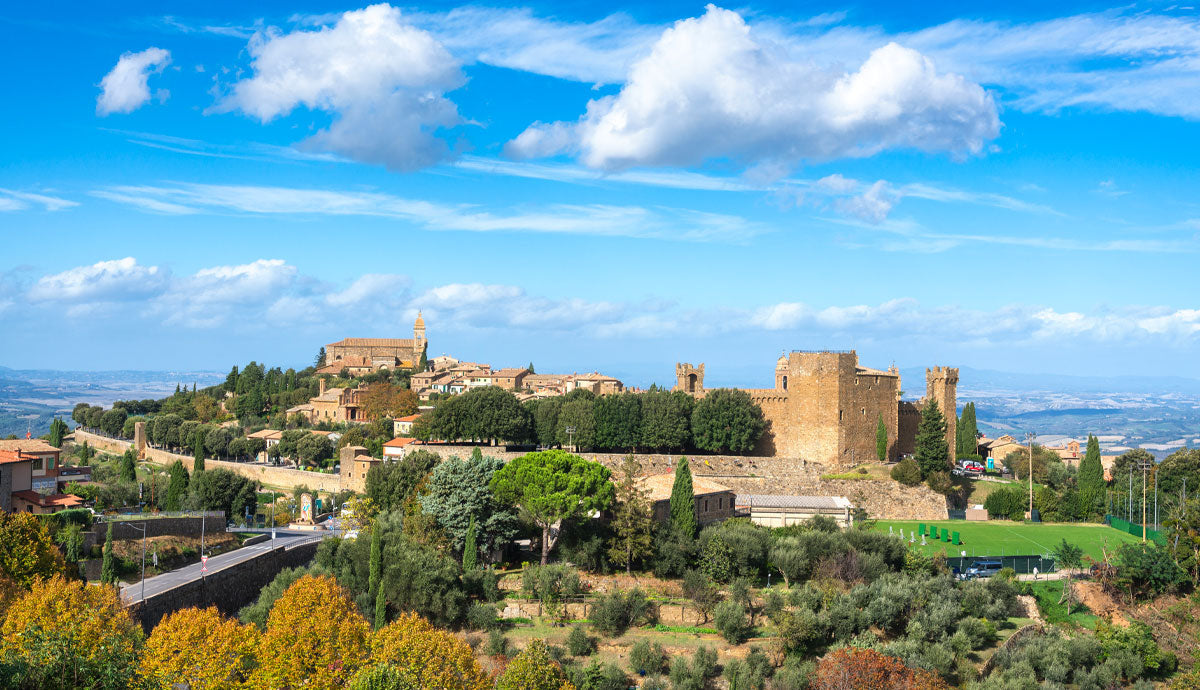

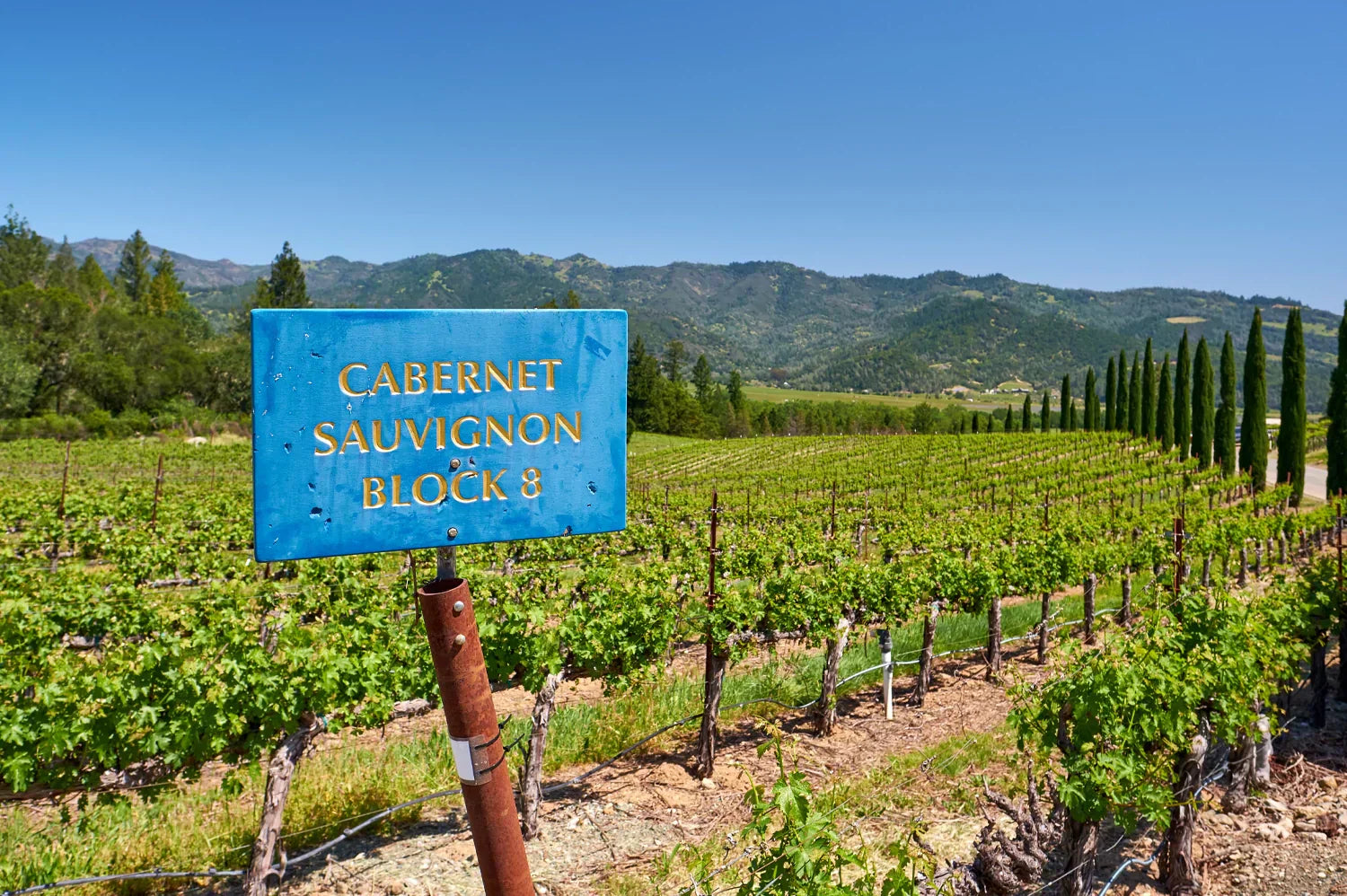
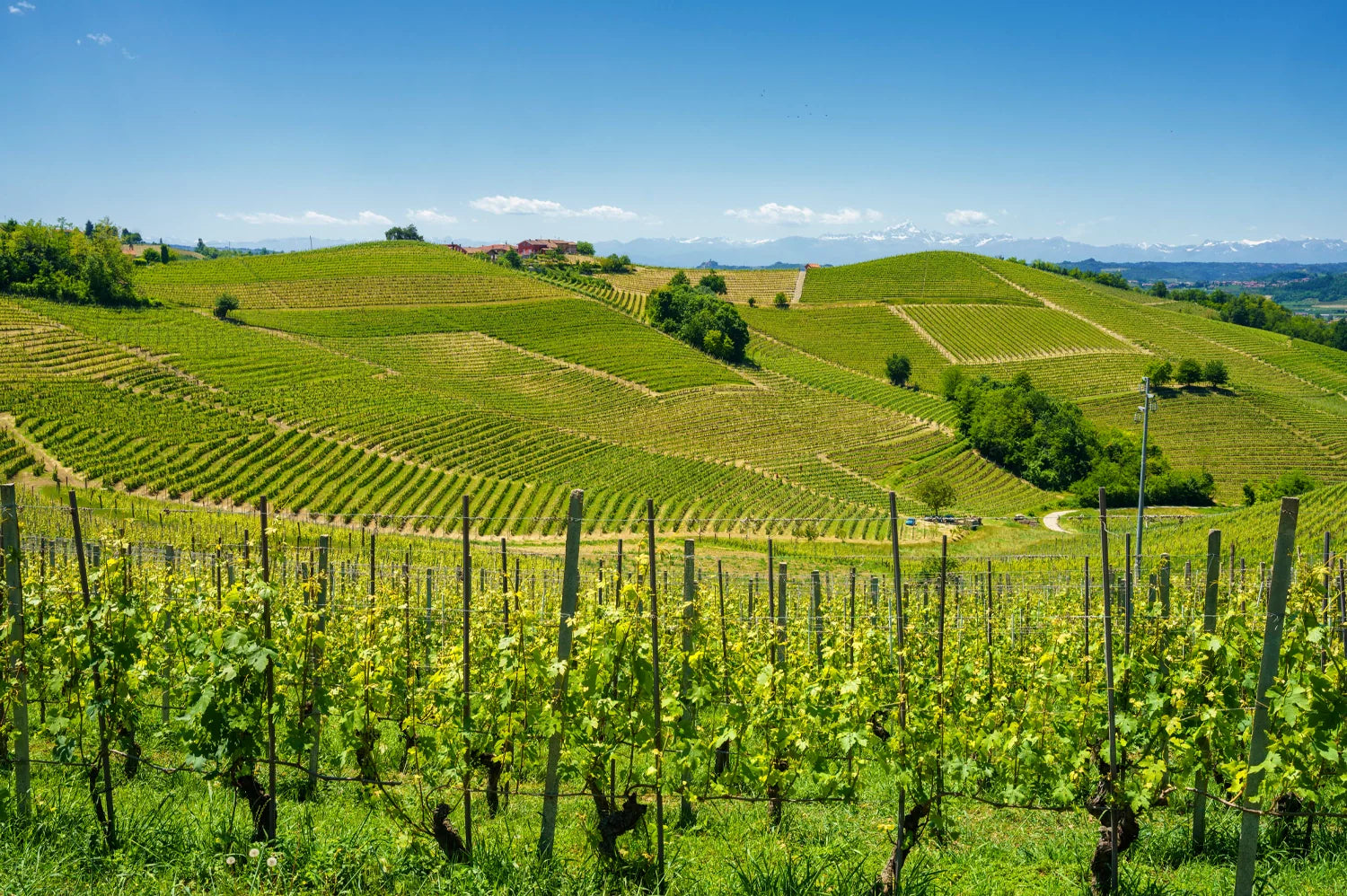

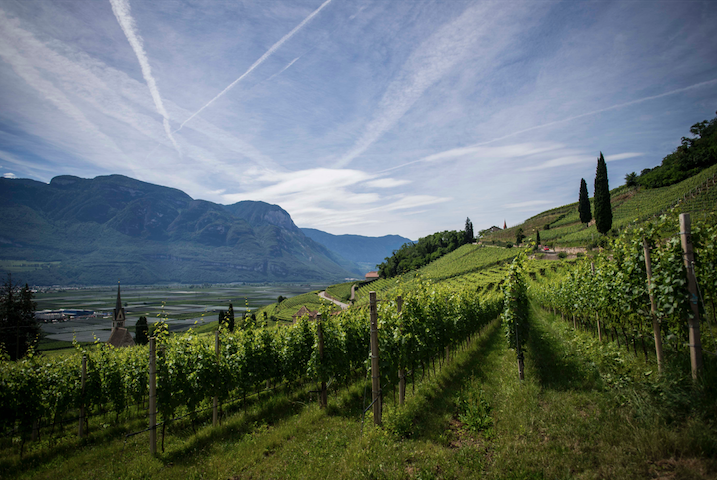
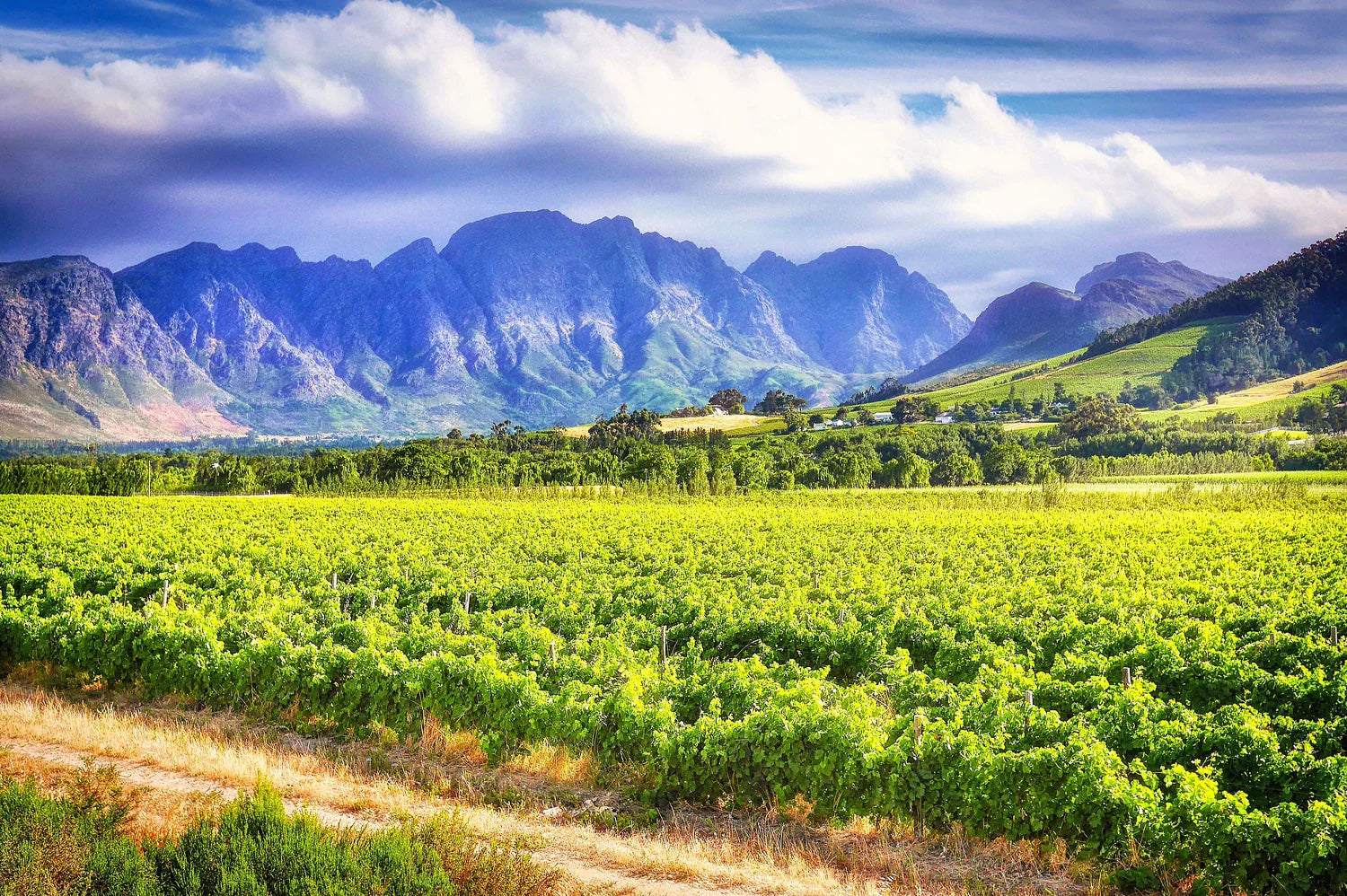
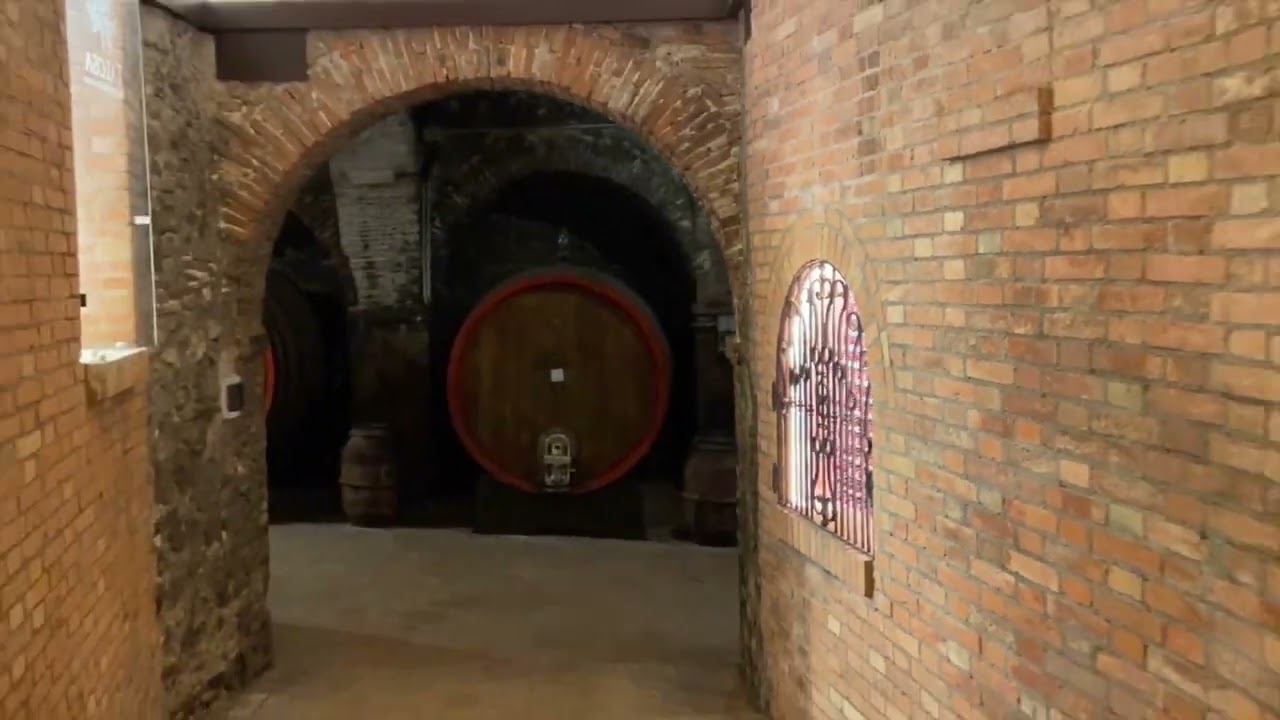
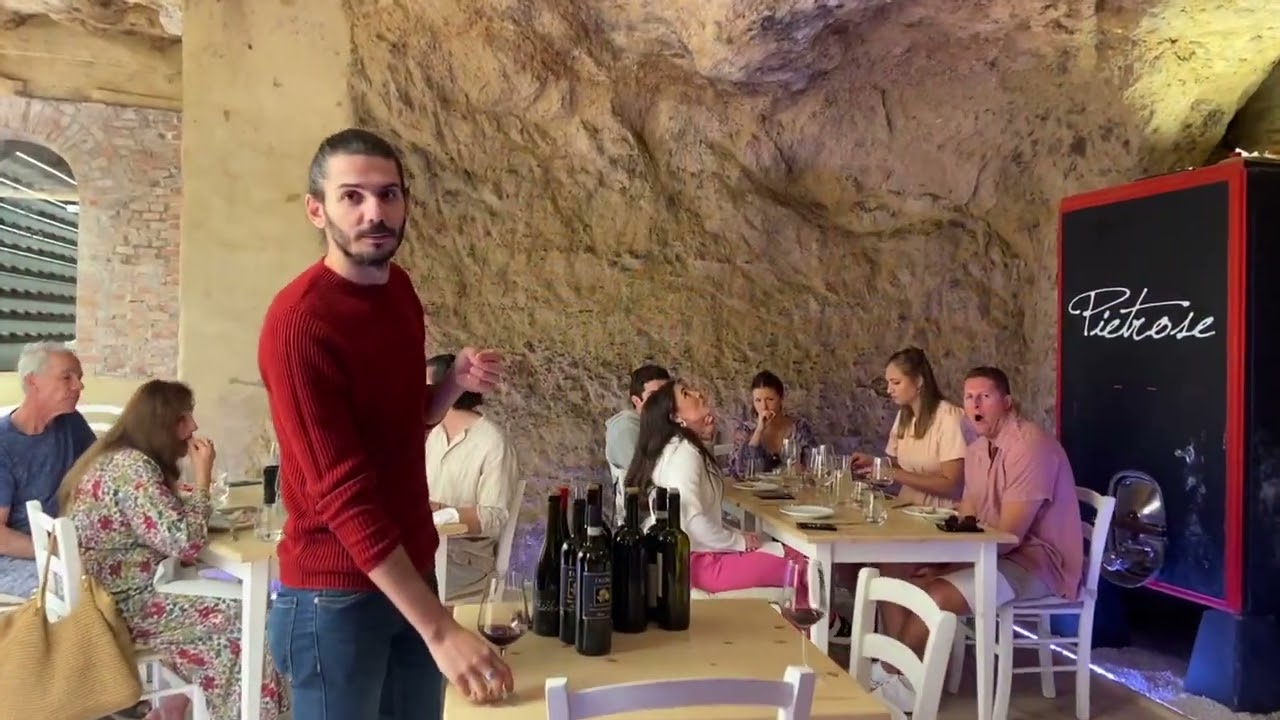







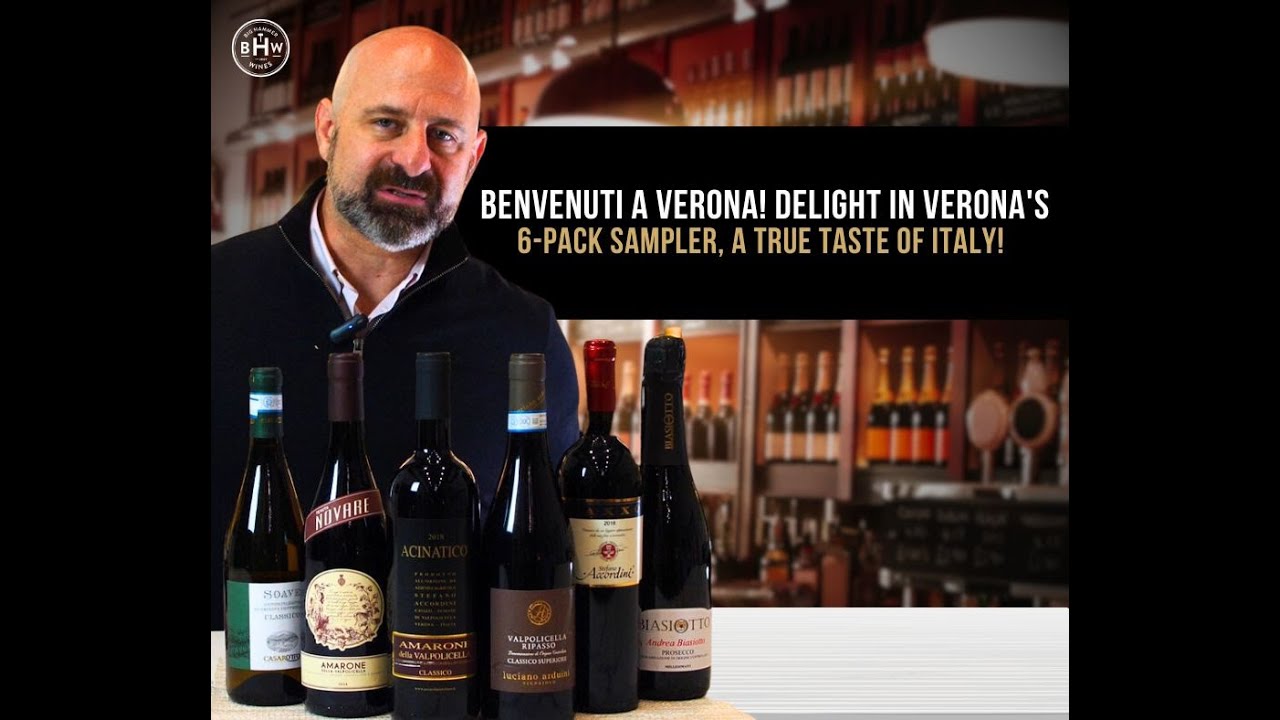

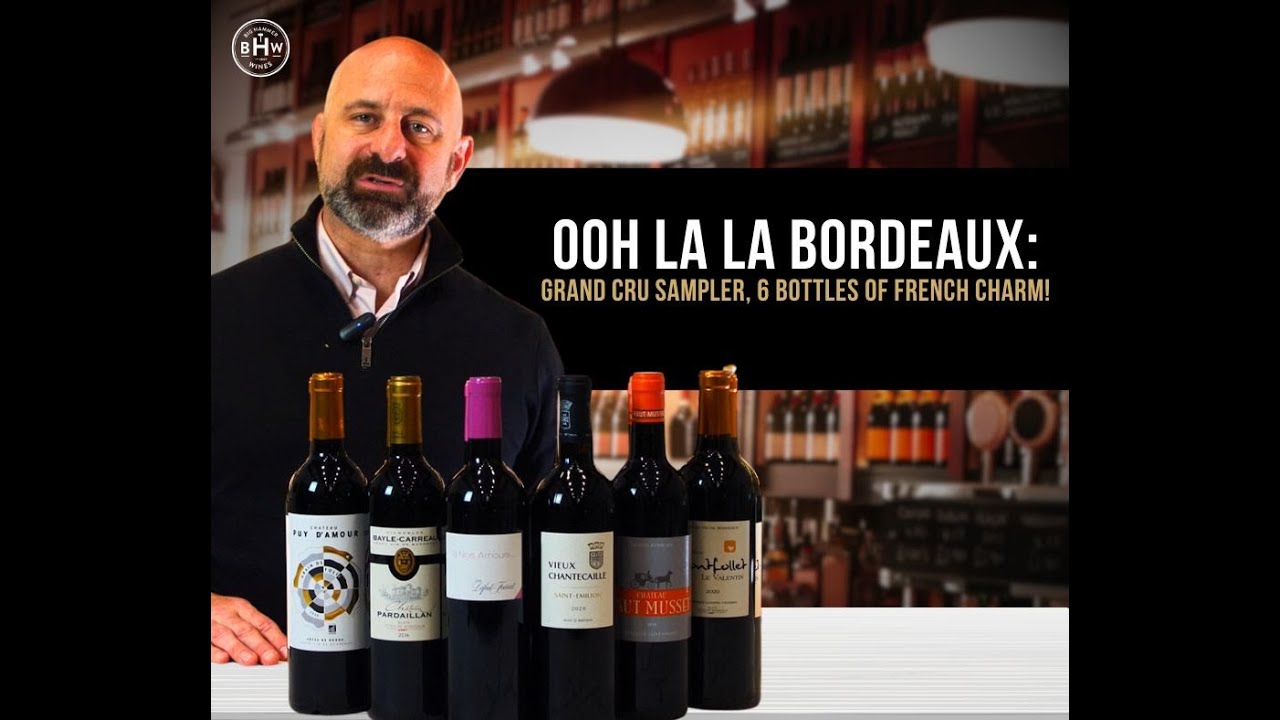

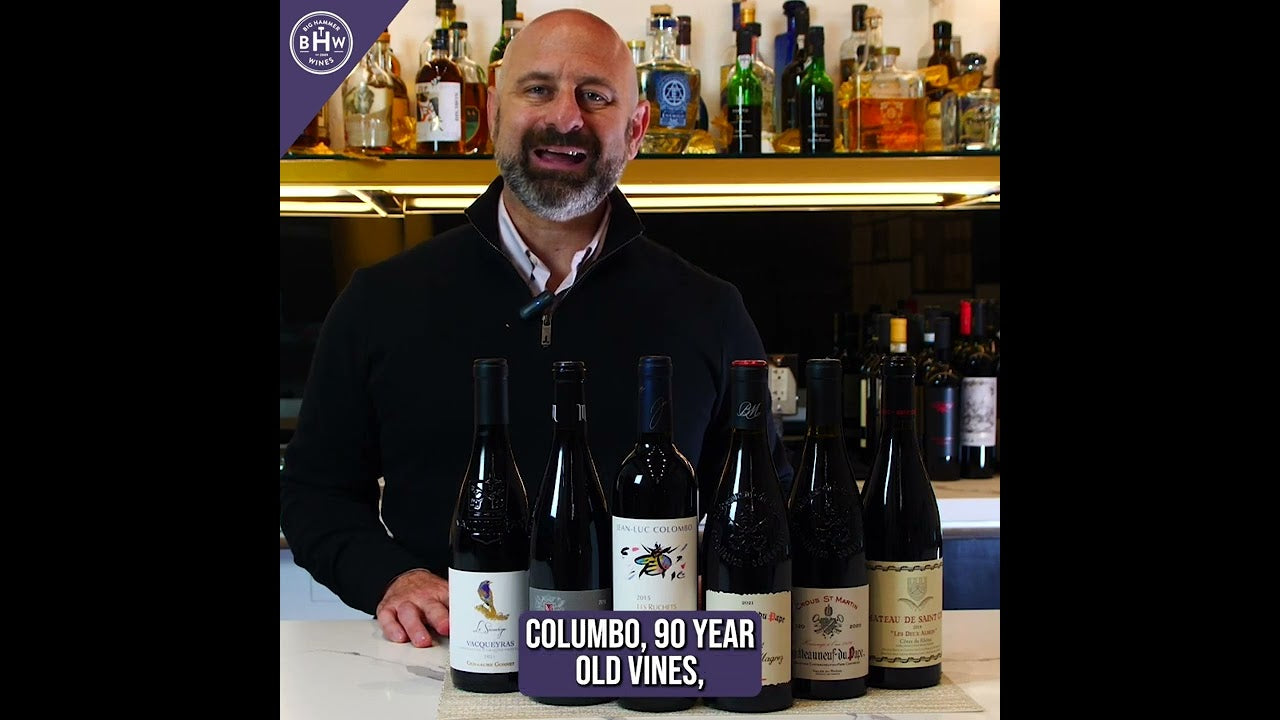


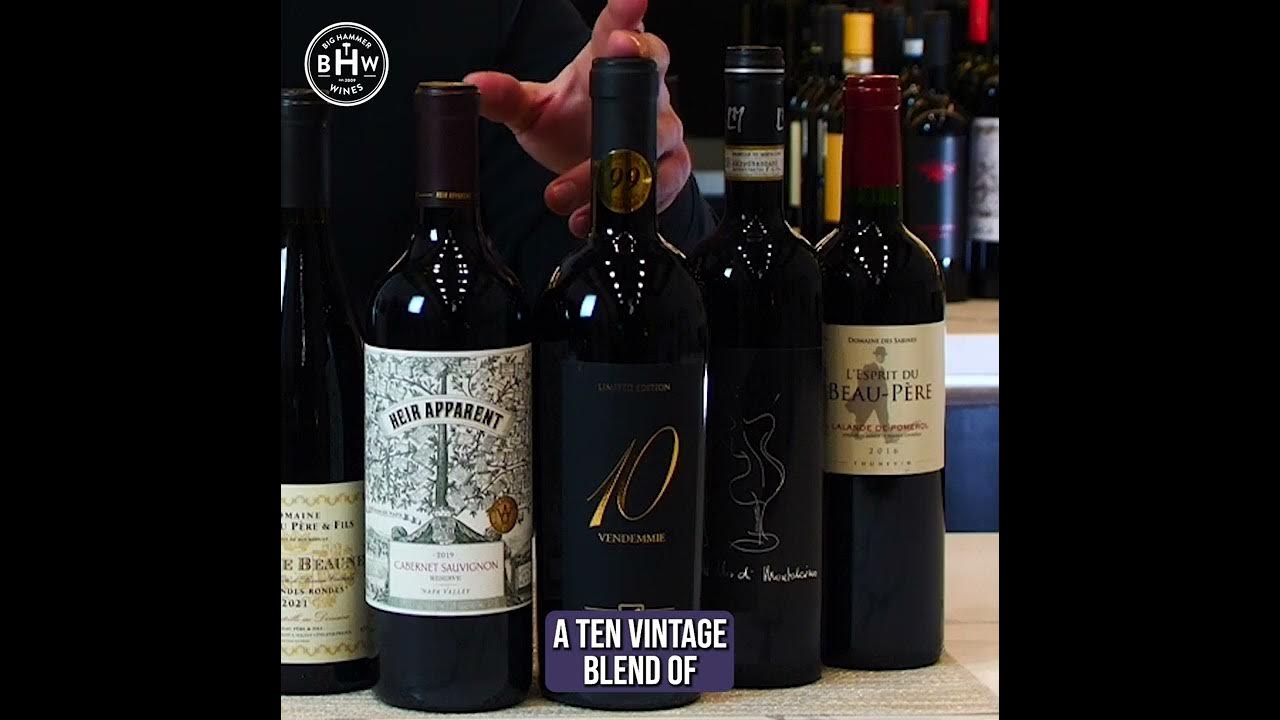

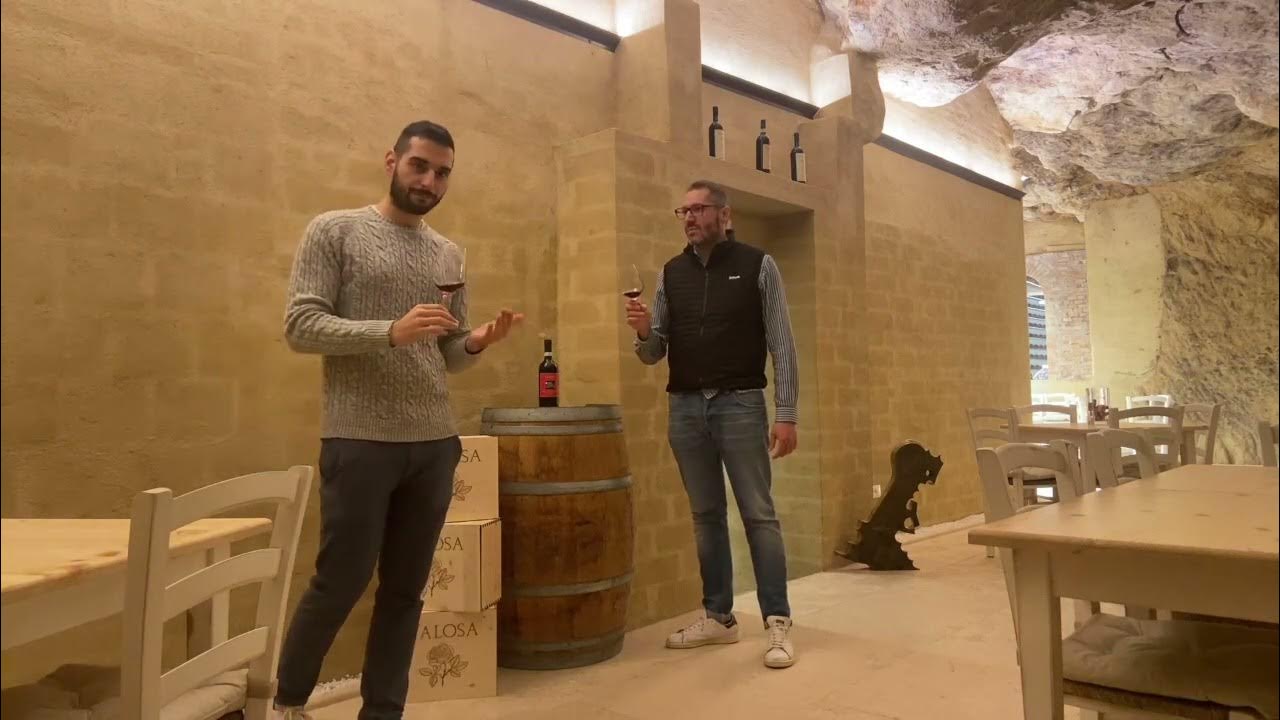


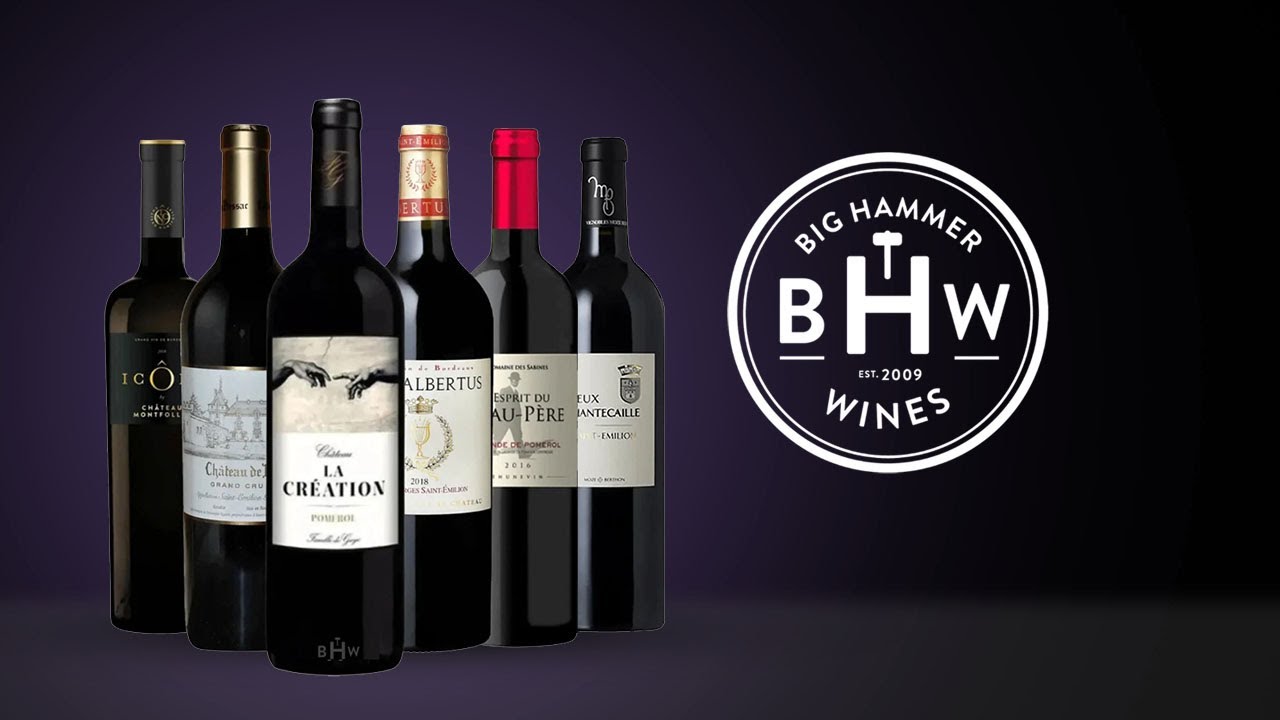
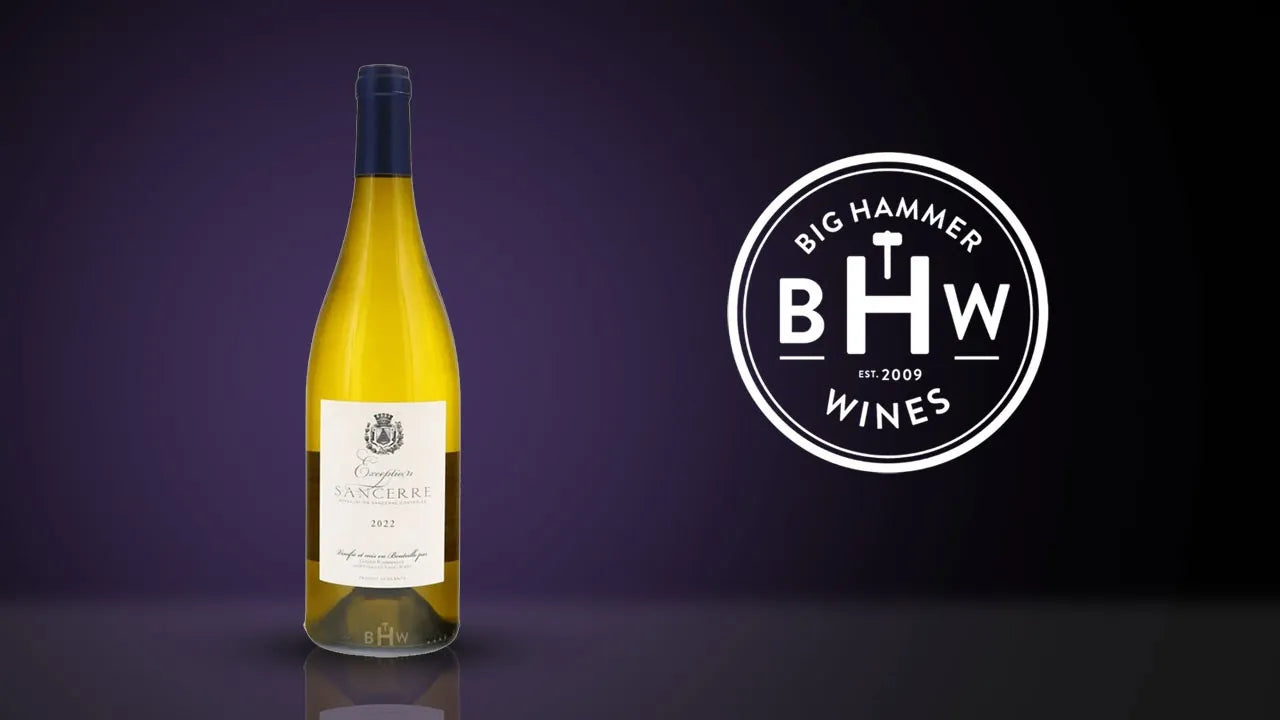


Share:
Chateau Mouton Rothschild Pauillac
Brunello di Montalcino Wine
Comments Section